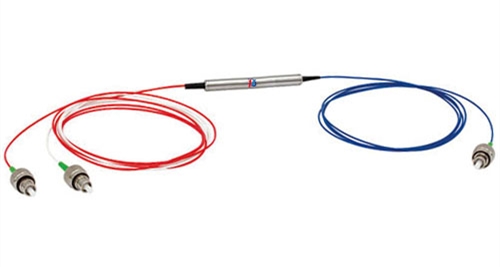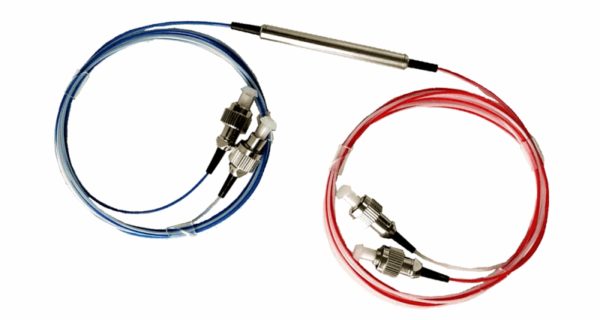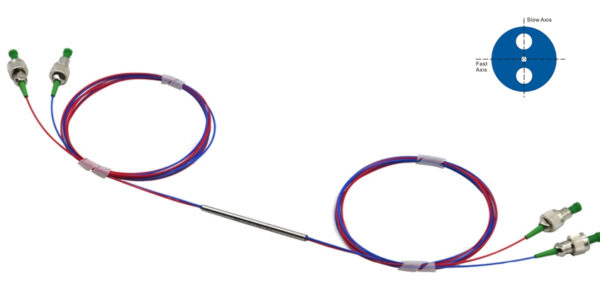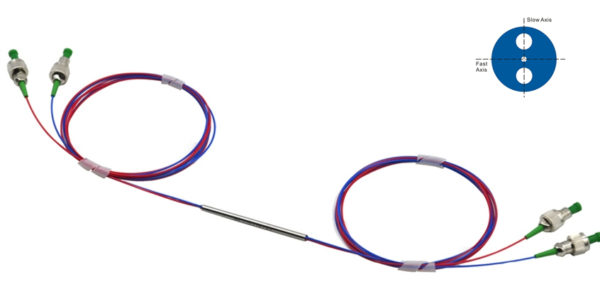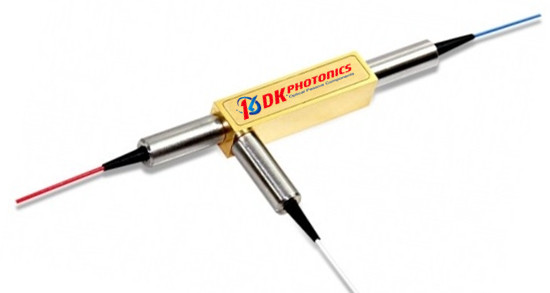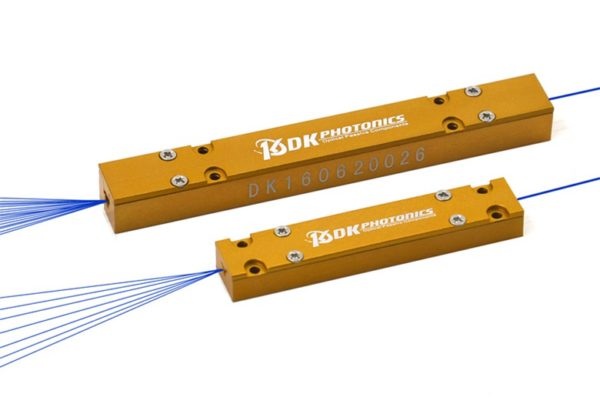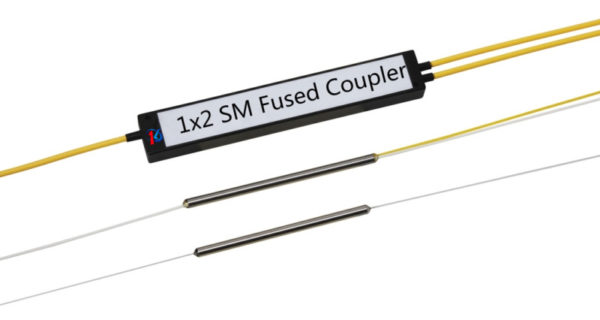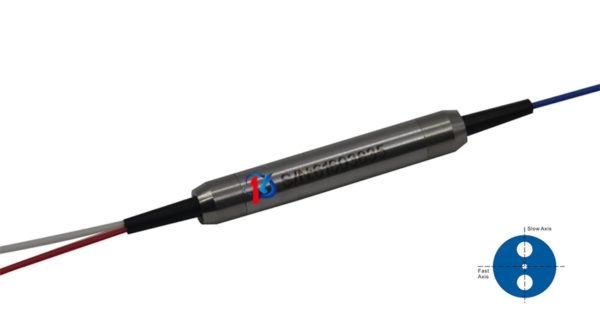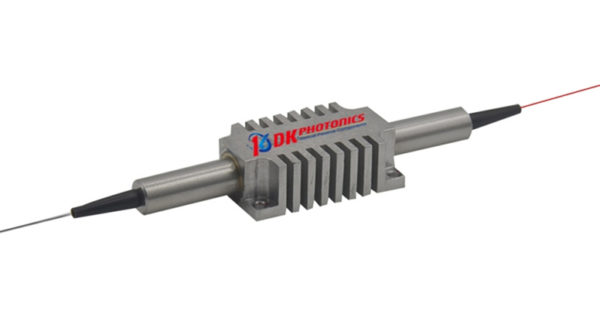Since 1990, polarization maintaining optical circulator has become one of the essential components in advanced optical communication systems. Nowadays, its applications have expanded widely not only in telecommunication industry but also in medical and imaging fields. Here, we will discuss this indispensable component in detail. So, let’s start with the basics.
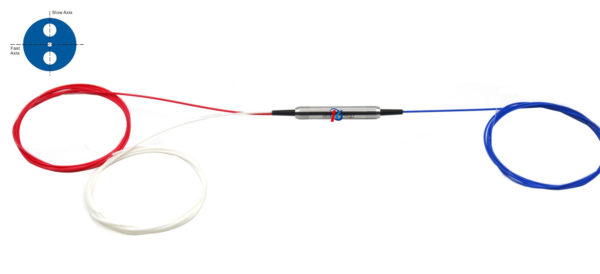
What is a PM Optical Circulator?
PM optical circulator is a three or four port non reciprocal passive component which functions similar to an isolator. It transmits the light wave from one port to next port with maximum intensity while maintaining polarization and blocking any light transmission from one port to the previous port. Thus, it is also featured as a unidirectional circulator.
Technology Used in PM Optical Circulators
Polarization Maintaining Optical Circulators are designed on the basis of nonreciprocal polarization rotation of the Faraday effect. As the working of optical circulators is based on several components such as Faraday rotator, birefringent crystal, waveplate and beam displacer, let’s take a quick look at each of them.
Faraday Effect:
It is a magneto-optical effect which explains the phenomenon in which polarization plane of electromagnetic wave (or light wave) is rotated inside a material under magnetic field applied in parallel to the direction of wave propagation. The unique aspect of this effect is that the direction of rotation is independent of the propagation direction of light wave, which implies that rotation is non-reciprocal.
Light Propagation in Birefringent Crystal:
Birefringent crystal is a common material used in the designing of optical circulators. The crystals used in optical circulators are typically anisotropic uniaxial which means they have two refractive indices with one optical axis. The function of this birefringent crystal depends on the propagation direction of light and its optic axis orientation (crystal cutting). The crystals which are generally used include quartz, rutile, YVO4, etc.
Waveplate:
Also called retardation plate, a waveplate is one of the applications of birefringent crystal. It is made by cutting a crystal into a particular orientation. Due to small birefringence, crystal quartz is broadly used for making waveplates.
Beam Displacer:
A birefringent crystal based beam displacer is used to split an incoming light beam into two beams with orthogonal polarization states.
Categorization of Optical Circulators
Optical circulators are mainly divided into two categories:
Polarization-dependent optical circulator
Polarization-independent optical circulator
The former type is only functional for a light wave with a particular polarization state and is only used in a few applications such as free space communications between satellites and crystal sensing.
On the other hand, the latter type is functionally independent of the polarization state of light. While in ordinary circulators, the polarization is not maintained but there are polarization maintaining optical circulators available in the market also. They are used in a large variety of applications.
According to their functionality, optical circulators can also be divided into two groups.
Full Circulator – light passes through all ports in a full circle
Quasi Circulator – light passes through all ports but the light from last port is lost
Fortunately, due to the advancement in technology, you can avail highly reliable and efficient Polarization Maintaining Optical circulators not only in standard specifications but in customized specifications too.
